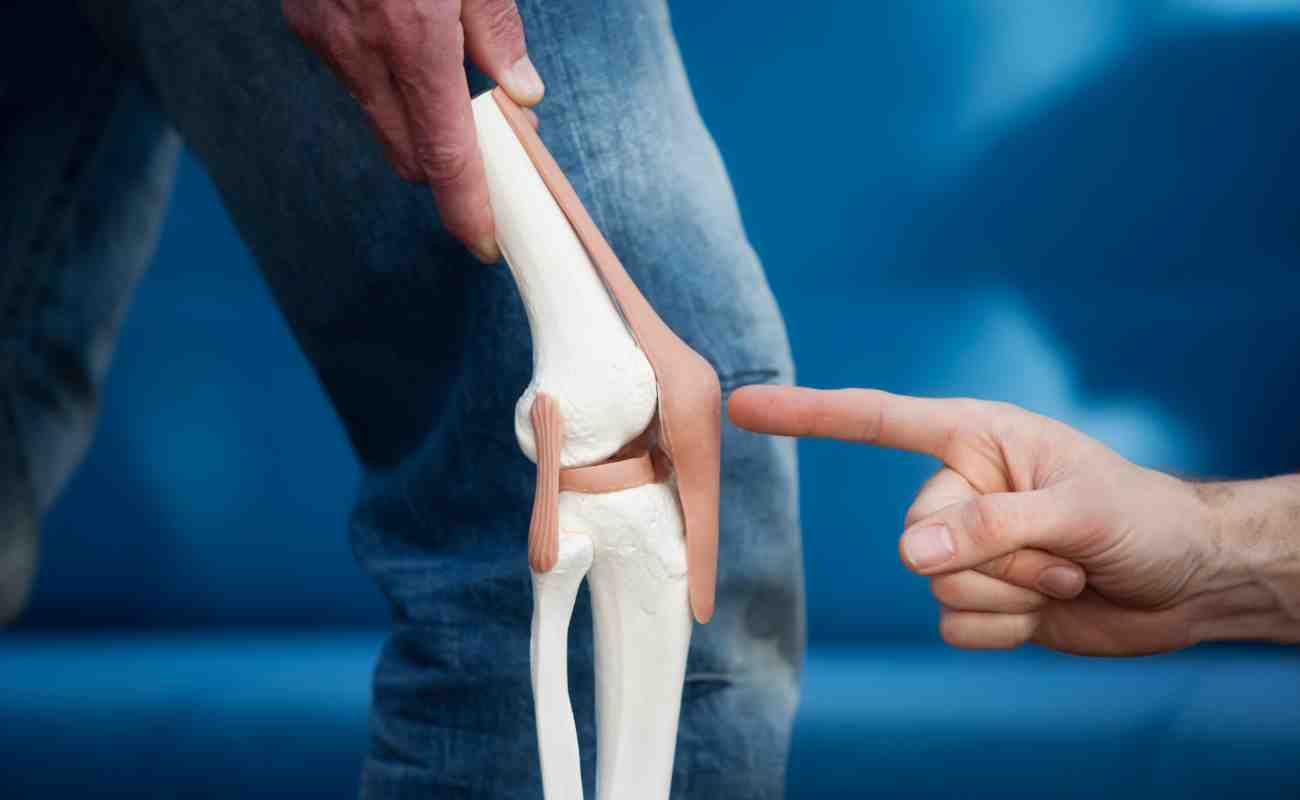
Can exercise make neck pain worse?
Neck pain, a prevalent musculoskeletal complaint, can arise from a myriad of causes, from poor posture to traumatic injuries. With exercise often recommended as a primary or adjunctive treatment, a crucial question arises: Can exercise make neck pain worse? or is Physiotherapy good for neck pain?This question warrants an in-depth exploration.
Understanding Neck Pain:
The neck, or cervical spine, is a complex structure comprising vertebrae, discs, ligaments, and muscles. It supports the head’s weight while facilitating a wide range of motion. This delicate balance makes it susceptible to pain and injury.
Exercise: The Double-Edged Sword:
Exercise, when done correctly, promotes muscle strength, flexibility, and endurance. It enhances blood flow, facilitating healing, and can correct imbalances. However, if misapplied, it can exacerbate the problem.
When Exercise Might Exacerbate Neck Pain:
Incorrect Technique: The most common cause of exercise-related neck pain is incorrect technique. Overextending the neck, straining muscles, or improperly lifting weights can strain the cervical structures.
Overexertion: Pushing the body too hard or too quickly can strain the neck muscles. Not allowing adequate recovery post-exercise can cause micro-tears in the muscles, leading to pain.
Unsuitable Exercise Choices: High-impact exercises or those that place undue stress on the neck might not be suitable for everyone, especially those with pre-existing neck issues.
Ignoring Pain: Pain is a warning. If neck pain arises during exercise, it’s vital to stop and reassess. Continuation can lead to severe injuries.
Underlying Medical Conditions: Conditions like cervical spondylosis, herniated discs, or osteoarthritis can be aggravated by certain exercises, especially without proper guidance.
Mitigating the Risks:
Professional Guidance: Always consult a physiotherapist or personal trainer, especially if you have pre-existing neck pain. They can tailor exercises to your needs, ensuring safety and effectiveness.
Warm Up Properly: A proper warm-up increases blood flow, preparing the muscles for activity and reducing the risk of injury.
Strengthening Surrounding Muscles: Strengthening the shoulder and upper back muscles can provide better support to the neck, reducing strain.
Ergonomics and Posture: Maintaining a neutral spine during exercises is critical. Be mindful of your posture, especially during activities like cycling or weightlifting.
Listen to Your Body: If an exercise causes pain, stop. It might indicate that you’re either doing it wrong or that it’s not suitable for you.
The Role of Pain Threshold:
Individual pain thresholds vary. Some might feel discomfort quickly, while others may not recognize the strain they’re putting on their neck until it becomes severe. Recognizing and respecting one’s limits is essential.
Other Factors:
- Flexibility: Incorporate flexibility exercises into your routine. A flexible neck can better handle strains and stresses.
- Equipment: Ensure any equipment used is in good condition and suitable for your size and strength.
- Environment: Avoid exercising in extremely cold environments without adequate warm-up, as cold can make muscles more susceptible to injury.
Conclusion:
Exercise is an integral part of maintaining spinal health. However, like any therapeutic intervention, it’s not without risks. For those with neck pain, exercise can indeed be a double-edged sword. The key lies in balancing the therapeutic benefits of exercise with the potential risks of exacerbation. By emphasizing proper technique, seeking professional guidance, and listening to one’s body, exercise can be both safe and beneficial for those with neck pain.
If you have further questions on neck pain, give us a call at Curezone Physiotherapy where our neck pain experts are happy to serve you in your path to full recovery.




